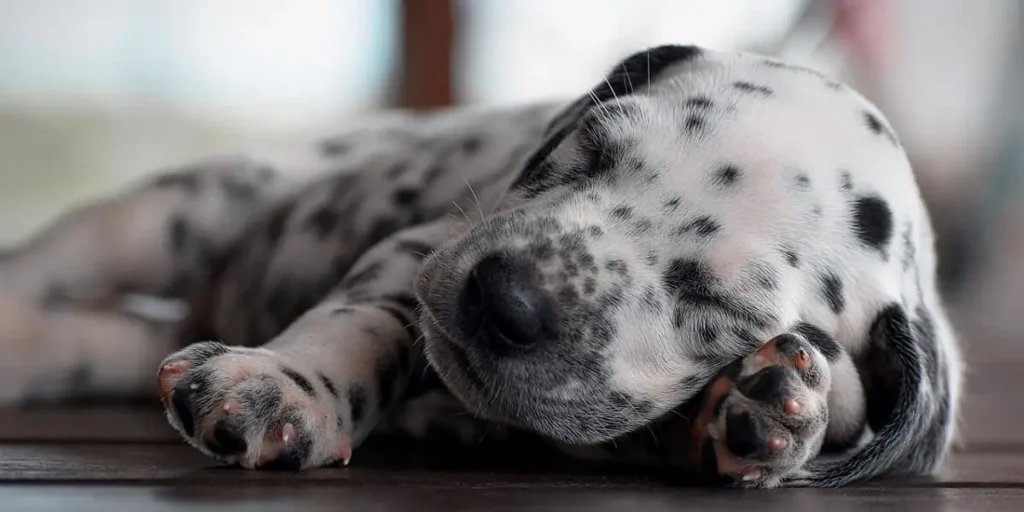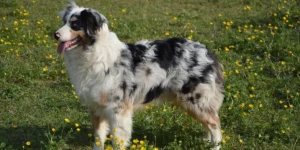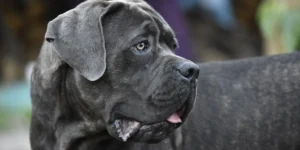Table of contents
Breed History
Originating from the historical Dalmatia region in Croatia, the Dalmatian has been known since the 18th century. British naturalist Thomas Pennant first described it in 1771 in his book Synopsis of Quadrupeds.
Closely associated with horse-drawn carriages, the breed became a traditional coach dog, running alongside and protecting horses. The first official breed standard was established in England in 1890, and the Fédération Cynologique Internationale (FCI) recognized it in 1955.
Physical Characteristics
The Dalmatian is a medium-sized, muscular, and well-proportioned dog with a strong, rectangular body. Its coat is short, dense, and glossy, with distinctive round spots that are either black or liver brown on a pure white background. The head is proportionate, the ears are triangular and close to the head, and the tail is carried in a gentle curve.
Temperament and Personality
The Dalmatian is a sensitive, intelligent, and affectionate breed. It can be independent and sometimes stubborn, requiring firm but positive training. Energetic and playful, it thrives in active households. With proper socialization, it gets along well with children and other pets. The breed is loyal and alert, making it a good watchdog without being aggressive.
Living Conditions
Dalmatians can adapt to various environments as long as they get enough exercise. They are best suited for homes with space to run and play but can live in apartments if taken out for long daily walks. Due to their short coat, they should sleep indoors, as they are sensitive to cold.
Health
Generally healthy, Dalmatians are prone to some genetic issues, notably deafness, which affects around 20-30% of puppies. BAER (Brainstem Auditory Evoked Response) testing helps detect hearing problems early. They also have a unique metabolism that increases the risk of urinary stones. Other potential health issues include hip dysplasia and skin allergies. Life expectancy is around 12-14 years.
Care and Grooming
The Dalmatian’s coat requires weekly brushing to remove dead hair and maintain its shine. Bathing should be limited to three or four times per year. Ears, eyes, and teeth must be cleaned regularly to prevent infections, and nails trimmed if necessary.
Diet
A balanced diet is crucial for maintaining health. High-quality dry food works well, but fresh food such as lean meat, vegetables, rice, and pasta can also be provided. Their diet should be low in purines to reduce the risk of urinary stones, and water intake should be encouraged.
Exercise
Dalmatians need plenty of physical activity. They enjoy running, hiking, and interactive play. At least two long walks per day are recommended, along with mental stimulation to prevent boredom.
Famous Dalmatians
Pongo and Perdita from Disney’s 101 Dalmatians are the most famous representatives of the breed, symbolizing loyalty, family spirit, and courage.
| Origin | Croatia |
| Coat Type | Short and dense |
| Size | Medium |
| Temperament | Active, loyal, intelligent, sensitive |
| Lifespan | 12-14 years |
| Health | Prone to deafness and urinary stones |
| Grooming | Weekly brushing, low maintenance |
| Price Range | $400-$1,000 |
| Annual Maintenance Cost | $1,350-$1,450 |
| Hypoallergenic | No |
- Sources:
- American Kennel Club
- VCA Animal Hospitals
- American Society for the Prevention of Cruelty to Animals


